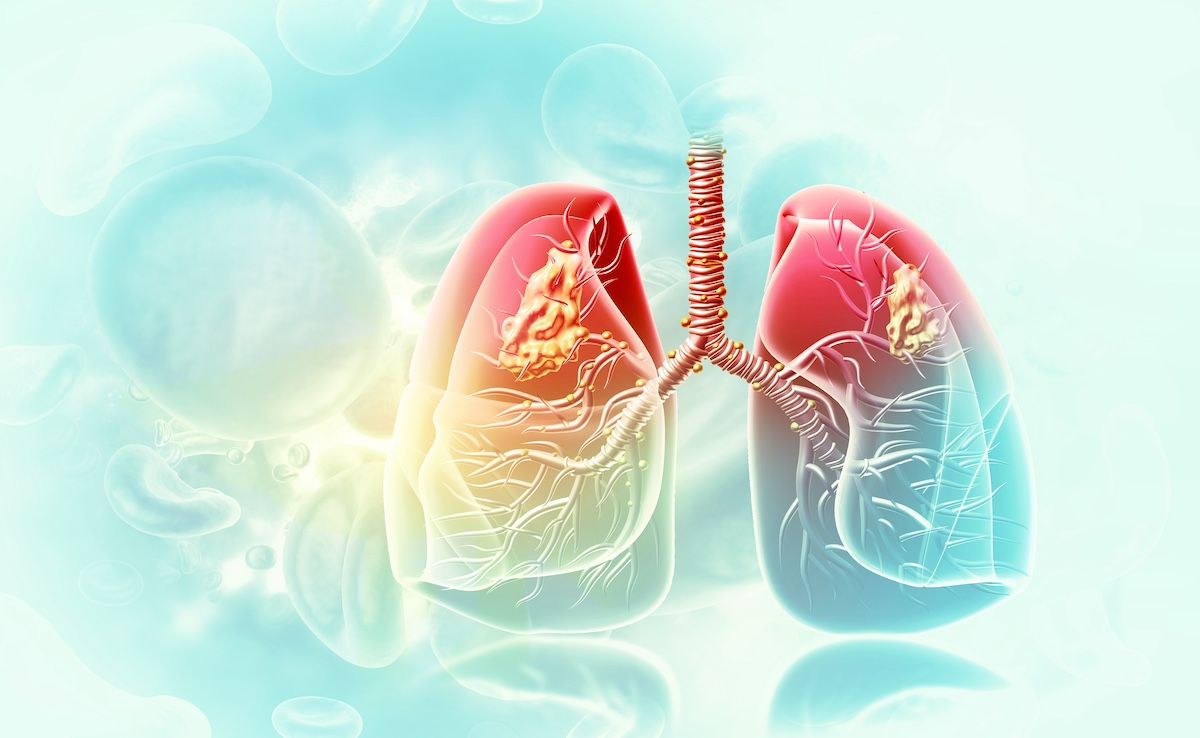News
Article
Study Describes Characteristics, Outcomes of Patients With Low-Risk MDS
Author(s):
Investigators say a better understanding of risk factors and categories can help personalize care for patients living with myelodysplastic syndrome (MDS).
Men, patients with low absolute neutrophil counts, and those with certain somatic mutations are at a higher risk of progressing from low-risk myelodysplastic syndrome (LR MDS) to high-risk status or acute myeloid leukemia (AML), a new report has found.
The study, published in Haematologica, also found that a significant number of low-risk patients will die from cytopenia or disease-related complications.
AML cells | Image Credit: Laszlo-stock.adobe.com

This study’s authors said one of the main goals of MDS treatment is to prevent progression to AML. That task is largely based on a patient’s individual risk level, as determined by various prognostic scoring systems.
“In LR MDS, the aim of therapy is to improve cytopenias in patients with anemia, neutropenia, and/or thrombocytopenia in order to improve quality of life and prevent complications from cytopenias in an attempt to prolong overall survival,” they said.
Overall, 30% to 40% of people with MDS progress to AML, the authors said, but they added that patients also face a high risk of death from disease complications.
Yet, they said there is little in the way of published science related to the patterns of disease progression in people with LR MDS in particular, they said.
“Disease progression can be in the form of further bone marrow failure associated with more severe cytopenias or increased myeloblasts with transformation to higher-risk disease and/or AML,” they wrote. “The molecular phenotypes associated with different patterns of disease progression and clonal evolution are not well studied.”
The authors said a better understanding of such factors could help physicians better identify patients who would benefit from early intervention.
To study the question, they identified 1914 patients in a Moffitt Cancer Center database who were designated as very low risk or low risk based on the revised International Prognostic Scoring System, which was first introduced in 2012. The authors divided the patients into 4 cohorts based on their eventual outcomes. Sixty-eight percent of patients remained in the low-risk category, 16.5% of patients progressed from LR MDS to high-risk MDS without transformation to AML, 6.5% of patients progressed from LR MDS to high-risk MDS and then progressed further to AML, and 9% of patients progressed from LR MDS directly to AML. The study had a median follow-up period of 99 months.
“Risk factors for progression included male gender, low absolute neutrophil count (ANC), low platelet count, high bone marrow blasts, ferritin > 1000 mcg/L, albumin < 3.5 g/dL, multilineage dysplasia (MLD), and lack of ring sideroblasts,” the authors added.
Forty-nine patients in the cohort had marked bone marrow fibrosis, the authors said, and 18% of those patients progressed directly to AML.
“Somatic mutations (SM) associated with an increased risk of direct or indirect AML progression included SRSF2 and NRAS. SM in IDH1, IDH2, and NPM1 were more common in patients with direct AML transformation,” they wrote. “SM associated with progression to higher-risk disease only, without AML transformation, were ASXL1, TP53, RUNX1, and CBL. SF3B1 mutation was associated with less progression.”
The investigators noted that 171 patients died within 2 years of their diagnosis of LR MDS without disease progression. In most of those cases, a cause of death was not available. However, in the 61 cases in which cause of death was known, 18 patients (29.5%) died from cytopenia and MDS-related complications, they said, adding that their report suggests more research is needed into the interplay between cytopenia and comorbidities, which they said could help better understand patient risk.
The authors said they believe their report is one of the first—and largest—studies to detail different patterns of low-risk MDS progression. They said future research should be conducted to elucidate strategies for personalizing care for patients categorized as low risk.
“Identifying those LR MDS patients with higher-risk features of disease progression or disease related death within 2 years will be crucial to tailor therapy accordingly,” they concluded.
Reference
Jain AG, Ball S, Aguirre L, et al. Patterns of lower risk myelodysplastic syndrome progression: factors predicting progression to high-risk myelodysplastic syndrome and acute myeloid leukemia. Haematologica. Published online February 1, 2024. doi:10.3324/haematol.2023.283661




